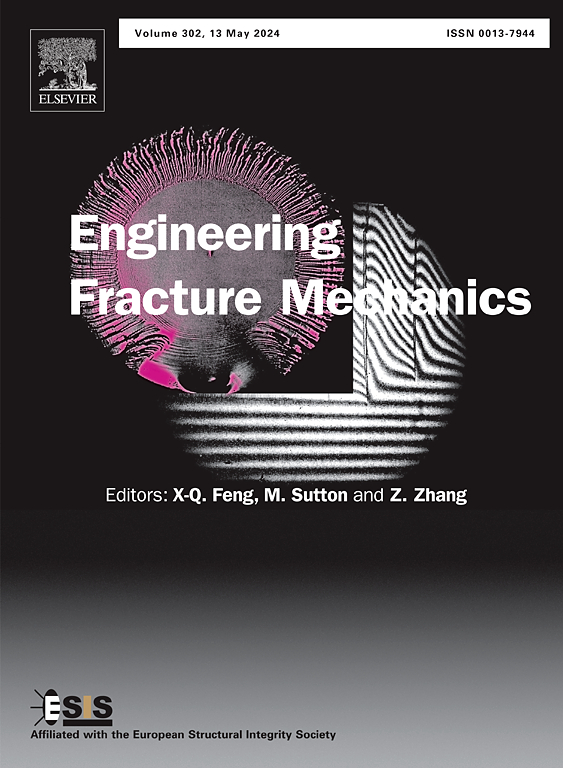Effect of temperature on fatigue damage evolution of asphalt mixture based on cluster analysis and acoustic emission parameters
IF 4.7
2区 工程技术
Q1 MECHANICS
引用次数: 0
Abstract
Fatigue cracking severely impacts the structural integrity and service life of asphalt pavements. Temperature modifies asphalt mixture responses to traffic loading and fatigue resistance by altering binder properties. This study comprehensively characterized temperature-dependent fatigue behaviors through integrated experimentation and data analysis. Four-point bending tests were conducted on asphalt beams at 15℃, 20℃ and 25℃ combined with acoustic emission monitoring. A series of parameters, including the b-value and S-value, were extracted from the acoustic emission signals to characterize the damage stages. Cluster analysis classified dominant cracking modes associated with temperature. Digital image correlation validated crack propagation patterns. Results showed significant reductions in fatigue lives with 5℃ increments across the intermediate temperature range. Three distinctive damage stages were consistently identified irrespective of changing temperature. Clustering revealed tensile cracking comprised over 89% of events, increasingly favored by higher temperatures up to 25℃. Peak frequency shifts correlated rising temperatures with earlier micro–macro scale transitions. Digital image correlation supported faster crack growth kinetics at elevated temperatures. Key findings provided new perspectives on temperature accelerating microcrack initiation, linkage and macrocrack propagation governing failure.
求助全文
约1分钟内获得全文
求助全文
来源期刊
CiteScore
8.70
自引率
13.00%
发文量
606
审稿时长
74 days
期刊介绍:
EFM covers a broad range of topics in fracture mechanics to be of interest and use to both researchers and practitioners. Contributions are welcome which address the fracture behavior of conventional engineering material systems as well as newly emerging material systems. Contributions on developments in the areas of mechanics and materials science strongly related to fracture mechanics are also welcome. Papers on fatigue are welcome if they treat the fatigue process using the methods of fracture mechanics.

 求助内容:
求助内容: 应助结果提醒方式:
应助结果提醒方式:


